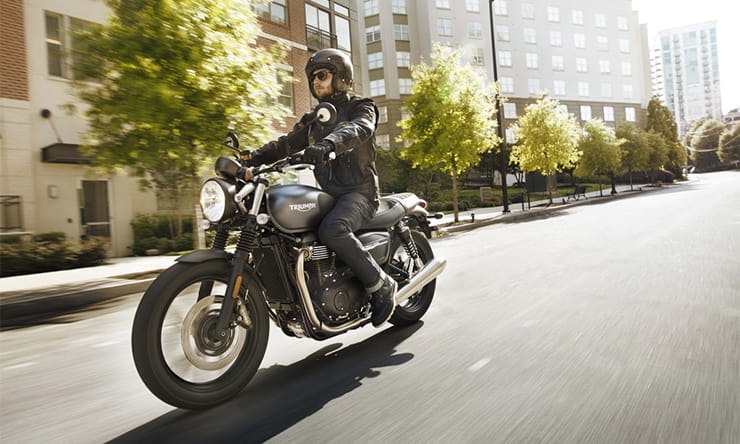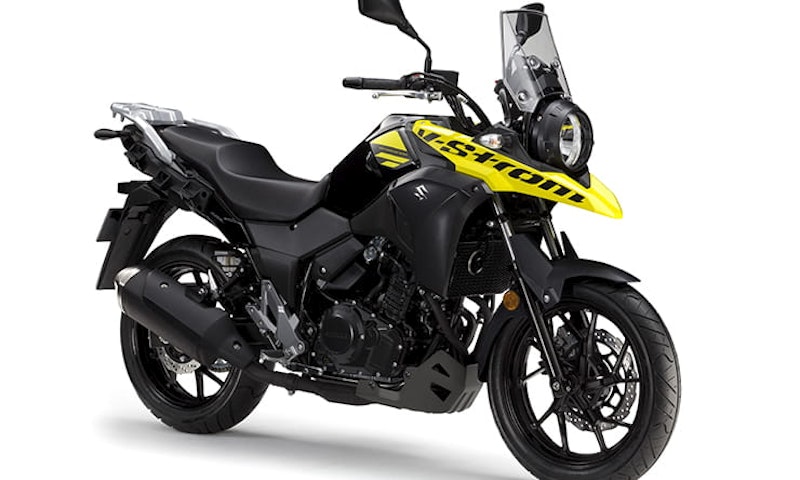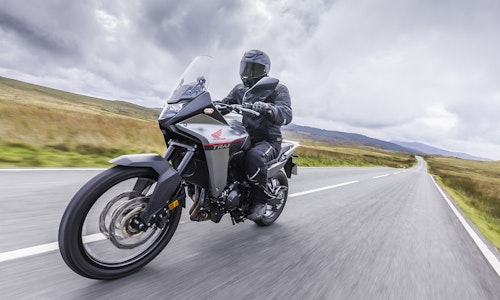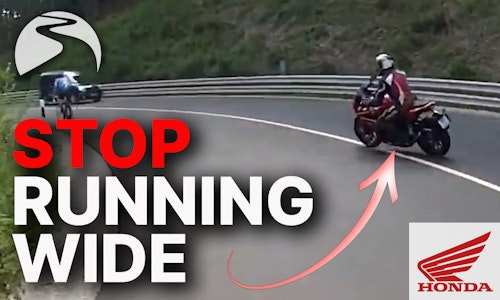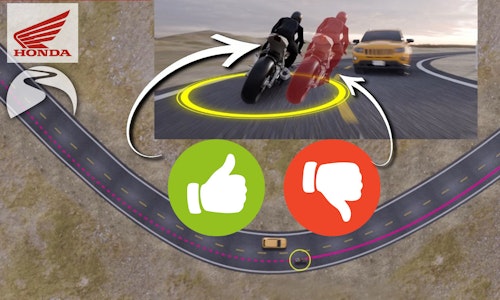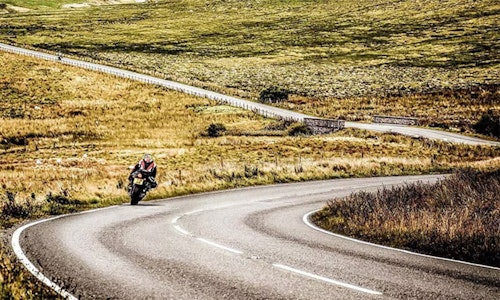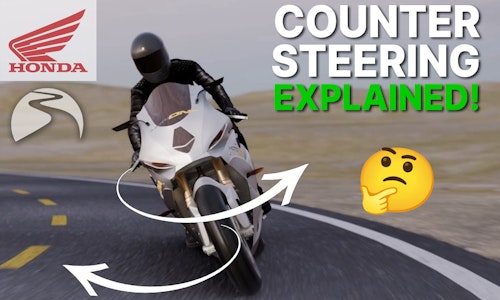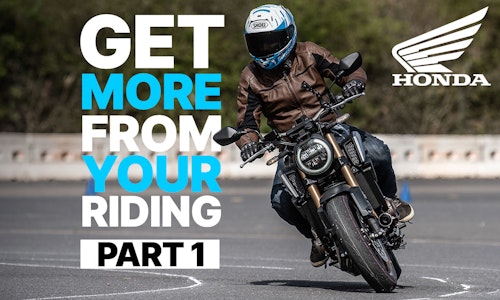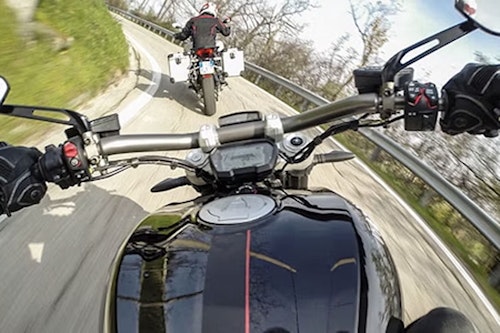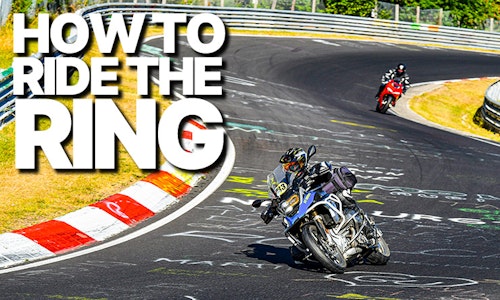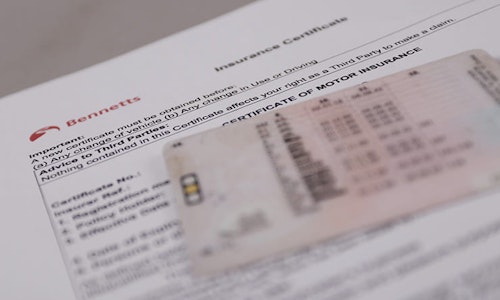If you’re considering getting your own motorcycle for the first time, congratulations – a fantastic world of freedom, excitement and comradeship is about to be yours. Whether you’ve just passed your CBT and are looking for your own 125cc machine, or have done a direct access course and are looking to buy an A2 bike, you’ll be hard pressed to match the thrill of riding away for the first time on your very own motorcycle.
Though the options for choosing your first motorbike might seem daunting, if you follow this guide you’ll struggle to go far wrong.
The first thing to do is get your head in the right place. You need to accept that this is your first step into motorcycling and the priority is having an absolutely brilliant time, not looking cool or impressing anyone. You need to choose a bike that makes your life easier, not harder – as a beginner, you’ve got enough on your plate already without trying to control an unsuitable machine that could easily put you off biking for life. Don’t forget that the more you enjoy riding your first bike, the more you’ll use it, and the better you’ll get. And experienced motorcyclists have a lot more respect for a good rider of a rubbish bike than for a rubbish rider of a good bike.
Triumph’s Street Twin is available in A2 guise. It’s friendly, but relatively heavy
Have no shame buying smaller rather than larger. Smaller capacity bikes are generally lighter and cheaper which means two things: a) they’re easier to ride and manoeuvre, so are less stressful and more enjoyable for beginners, and b) you can spend your budget on getting a newer, better smaller bike. Ignore know-alls who say ‘you’ll get bored’. Of course you will – as soon as you’ve mastered the machine and your confidence is high. And then you sell it and buy another bike; problem solved. Far better to do that than get something you do battle with for months and never get confident on. Also, the insurance for small bikes is often considerably less.
If you’re big, there are several small capacity bikes that should fit. This is Suzuki’s V-Strom 250
Feel comfortable. Rather than targeting a particular style of bike – a sportsbike, adventure bike, commuter etc – go to a motorcycle showroom and sit on a range of machines. Try and ignore the styling and think about how the riding position feels – is there too much weight on your wrists, can you check over your shoulder easily with both hands on the bars, can your feet touch the floor, are your legs cramped with your feet on the pegs? There’s a reason riding schools use bikes such as Honda’s CB125 or CB500s – besides being reliable, they fit most riders and are easy to ride. For your first bike, those are the priorities.
If you can afford a new bike, the £3599 Suzuki GSX-S125 is a good option
Consider buying new. If you can afford it, buying new is a sound idea – there are some fantastic PCP deals around that are barely any more than a pricey phone contract (PCP allows you to put down a smallish deposit, then make low monthly payments for three years, at which point you can give the bike back, buy it outright or swap it for another machine). With a new bike the worries you may have about reliability vanish because even if it breaks down you’ll be covered by the warranty. Aside from the initial cost, the main disadvantage of buying a new bike is the risk of damaging it. No matter how careful you are, you’re bound to scrape it in the garage, topple over in a petrol forecourt or drop it on a gravel drive at some point. Experienced motorcyclists all do it every now and then, and as a beginner you’re almost certain to have a prang of some sort. This is all the more galling if your bike was pristine to start with.
Buying used is the most economical option, though it helps if you have some mechanical skills. This Herald Classic was for sale for £750
Consider buying less than three years old. ‘Nearly new’ bikes can be half the price of new ones, but are still likely to be extremely reliable – particularly if you buy one with a full service history. The bike is likely to have a few minor dings and scratches, but that’s fine because the new ones you make won’t stand out. If you can afford it, this is our recommended option.
If you’ve got mechanical skills, you’d like to learn them, or you have access to a decent DIY mechanic, consider buying an older bike. These can be far, far cheaper than new and nearly new bikes – a decent Honda CBR125 can be had for under £1000 compared to £4500 for the equivalent new one. But you will almost certainly have to tinker with it to keep it on the road, whether that’s replacing a knackered chain, changing the oil or fixing something considerably more involved.
Buying a scuffed bike can save you a fortune and you won’t notice so much if you add to the scrapes…
Buy from a local motorcycle dealer. The vast majority are excellent – most are run and staffed by enthusiasts who will offer great advice about getting the right bike for you. It’s in their interest that you enjoy your new bike and, hopefully, become a customer for life. There are lots of advantages of buying from a local dealer: you can take the bike back if there is a problem; the bike will have been given a mechanical once over so is safe to ride; it will have been theft- and credit-checked so you know it’s not stolen or got money owing on it; you have a fantastic source of help on tap and they are often a hub for a thriving motorcycle social scene. Incidentally, if you feel any sort of pressure to buy or get any bad vibes at a dealership, leave immediately – you don’t have to put up with any of that, no matter how inexperienced you are.
Just do it. It’s easy to get overwhelmed by the choice of bikes available and become paralysed with indecision. But remember that most of the joy of motorcycling comes from riding, not from the particular model you own. So provided your first bike is safe, comfortable and reliable, it doesn’t matter what model, style or age it is – you’re pretty much guaranteed to have an excellent time. Enjoy!
